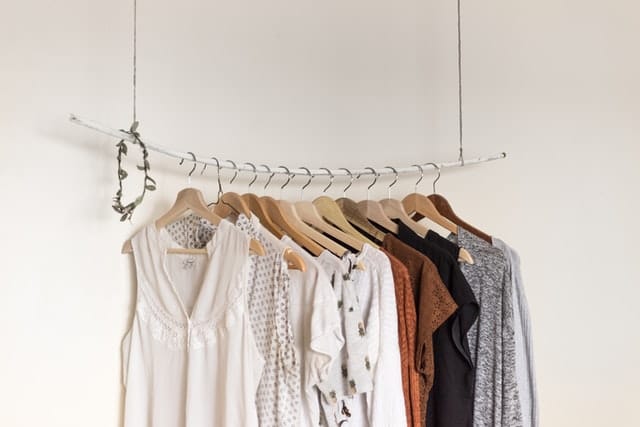Fashion is, by its very nature, pretty unpredictable. That’s sort of the whole point. Who saw the second coming of trilby hats and skinny jeans in the 2010s? And when might we be in store for a comeback of the nightmarish 1990’s double denim and dungarees look? We just don’t know (nor do we want to). But, by looking at the trends in technology, we can get an insight into the ways your fashion habits will change this decade.
Whether you’ll be getting the latest cuts from robotic tailors or checking AI algorithms for the hippest trends, it’s safe to say that 2030 will feel and look very different from today. The shopping of tomorrow should be more communal, virtual and ethical. But how, exactly?
Community-Based Shopping
In some ways, the internet – with the smartphones and selfie sticks it spawned – has made us more insular and individualistic. But it has also brought us together in innovative ways that no one could have predicted. As community-based shopping continues to grow, it’ll allow us to learn about fashion trends (and set them ourselves) online. You’ll be able to meet like-minded fashionistas, and even swap clothes and show off your collections. SoleSavy has established itself as a leader in this regard, providing a community-oriented outlet for the sneaker community. This kind of online exchange in the fashion community is only likely to grow, as we become more connected to both the internet – and one another – in the coming decade.
AI-Designs
Does great art need a human touch, or can robots be inspired? We’ll soon find out. Designers are already using AI to make all sorts of products, so it is only natural that fashion will follow. Google’s Project Muze system makes use of a neural network to create unique designs. As time goes by, it’s more and more likely you’ll be following the whims and artistic ambitions of R2-D2 or WALL-E rather than those of the trendsetting icons of the day. Take that, Cara Delevingne and Harry Styles.
Ethical Fashion
The morality behind some of the sources of the clothes we wear has long been a hot-button issue in the fashion biz. But things don’t have to be that way. With 430 million people believed to be working in garment and fabric production, it’s time to change the way we do things. Our Culture Mag is shedding light on the Fashion Revolution, which has a Fashion Transparency index reviewing some of the top brands based on their ethics. And many brands are producing recycled, upcycled and dead-stocked materials for their clothes.
Sustainable sourcing is on the rise, and you might find yourself sporting vegan clothes and looking at what else to consider before shopping around for sustainable fashion. After all, Forbes states 88% of consumers want fashion to be more sustainable. And the customer is always right.
From Digital to Virtual
It’s safe to say that we’ve been getting used to shopping online. Let’s face it: it’s easier than going to the shops. You don’t have to get out of bed, and it’s simpler than ever to send clothes back. The online world has made purchasing clothes and shoes easier than ever. Despite this, one major digital drawback lies in the inability to try anything on before buying it. That’s where virtual reality comes in. E-Marketer found two-thirds of internet users in the US are interested in VR as a device for shopping. Imagine walking through a virtual shopping center, talking to the virtual staff, and trying on clothes ‘til your heart’s content. It may be hard to imagine, but by 2030, this might just be the new normal.
Simple Minds
Gone are the days of leafing through fashion catalogues eight times per year. Today’s brands are releasing just two or three new catalogues annually. It makes things clearer and easier for the consumer. It’s a welcome contrast to the rest of our lives, which always seem to be becoming more and more cluttered and chaotic. And at the center of this brave new world of simplicity in fashion lies its most important feature: you; the customer.

